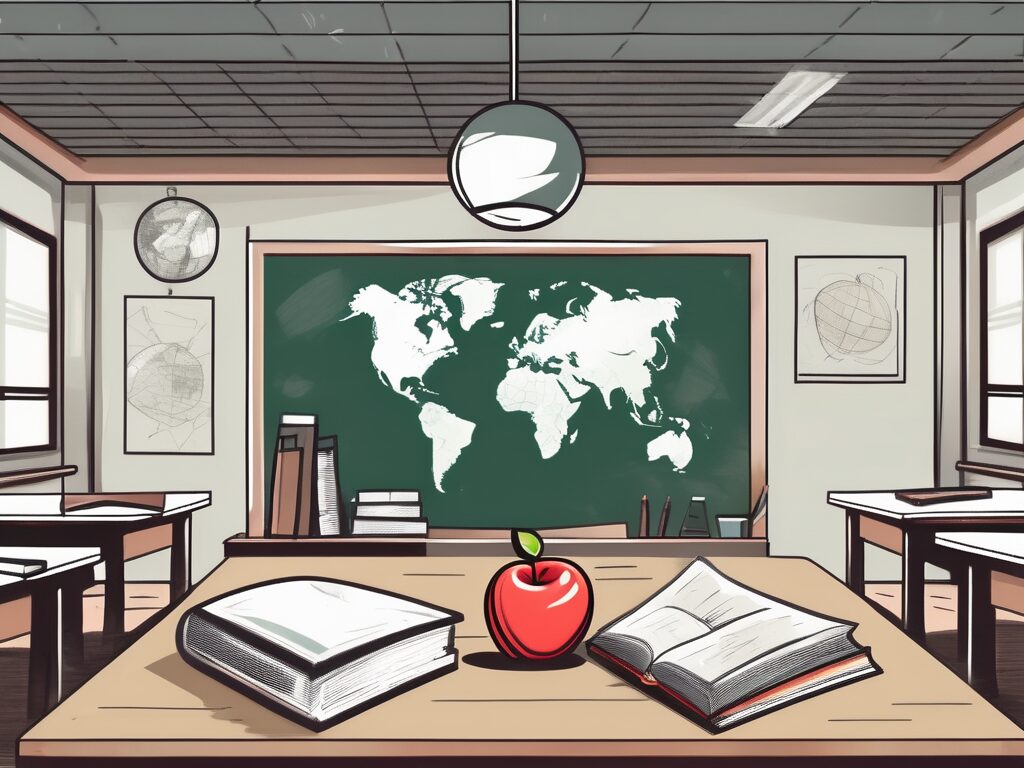What is the Difference Between International and Local Schools in Singapore?
Singapore is a vibrant hub for education, offering a diverse range of schooling options for both local and expatriate families. For aspiring international educators, understanding the differences between international and local schools in Singapore is crucial. This article will explore these differences, the significance for educators, and how to navigate the opportunities available.
Table of Contents
- Why is it Important for Aspiring International Teachers?
- Key Skills or Qualifications Required
- Steps to Get Started
- Challenges and How to Overcome Them
- Best Practices and Tips for Success
- Conclusion
Why is it Important for Aspiring International Teachers?
Understanding the differences between international and local schools in Singapore is essential for educators aiming to work in this dynamic environment. International schools often follow global curricula such as the International Baccalaureate (IB) or the British curriculum, catering to expatriate communities. In contrast, local schools adhere to the national curriculum, focusing on bilingual education and rigorous academic standards.
With Singapore’s growing demand for international education, the job market for international teachers is expanding. According to recent data, the number of international schools in Singapore has increased by 20% over the past five years, offering numerous opportunities for qualified educators.
Key Skills or Qualifications Required
To succeed in Singapore’s international schools, educators need specific skills and qualifications. These include:
- International teaching certifications such as the International Qualified Teacher Status (iQTS)
- Experience with international curricula like IB or Cambridge
- Strong cultural adaptability and communication skills
- Proficiency in English, with additional languages being an advantage
Steps to Get Started
For aspiring international educators, the journey begins with obtaining the right qualifications and experience. Here are the steps to get started:
- Enroll in an international teaching certification program, such as iQTS.
- Gain experience in international or multicultural educational settings.
- Network with educators and schools in Singapore through professional platforms and events.
- Apply for teaching positions in international schools, highlighting your relevant experience and skills.
Challenges and How to Overcome Them
Teaching in Singapore’s international schools comes with its challenges, including cultural differences and high expectations. To overcome these, educators should:
- Engage in continuous professional development to stay updated with global teaching practices.
- Build a support network of fellow educators for advice and collaboration.
- Embrace cultural diversity and integrate it into teaching methods.
Best Practices and Tips for Success
Success in Singapore’s international schools requires dedication and adaptability. Here are some best practices:
- Incorporate technology and innovative teaching methods to enhance learning experiences.
- Foster an inclusive classroom environment that respects and celebrates diversity.
- Regularly assess and adapt teaching strategies to meet the needs of diverse learners.
Conclusion
Understanding the differences between international and local schools in Singapore is vital for aspiring educators. By acquiring the right qualifications, embracing cultural diversity, and adopting best practices, educators can thrive in this dynamic educational landscape. Pursuing a career in Singapore’s international schools offers a rewarding opportunity to impact students from around the world.
Want to become a teacher in a Tier 1 international school? Join the course here.

